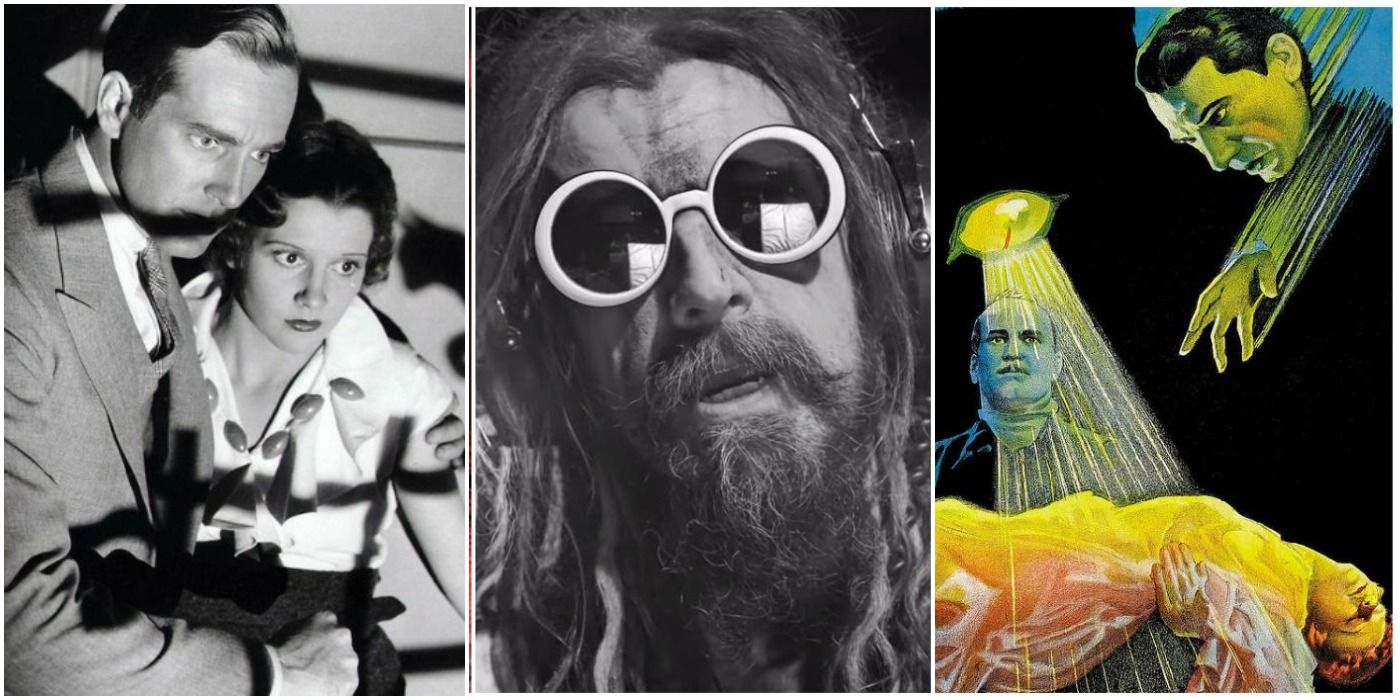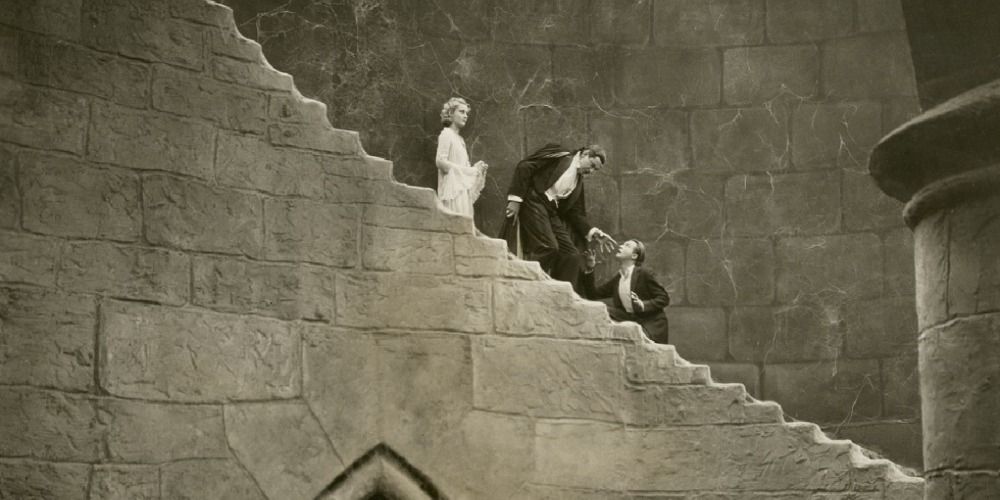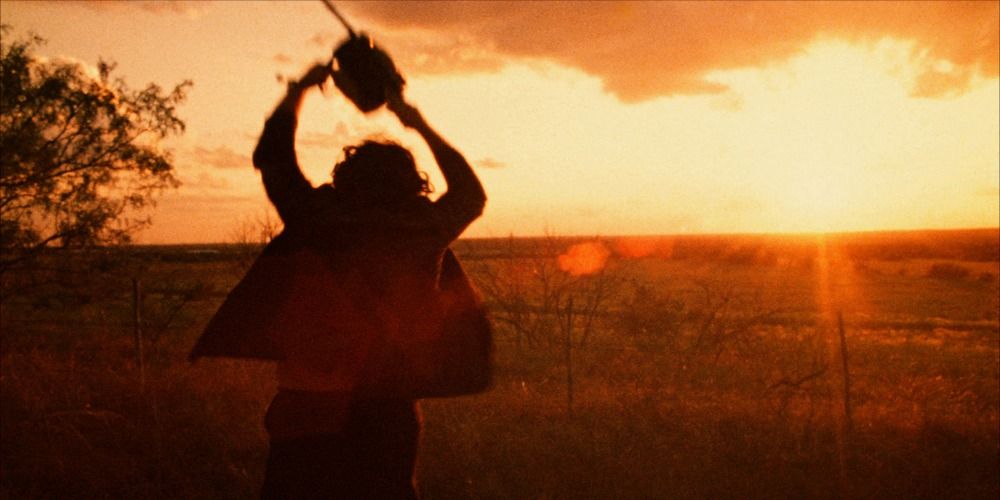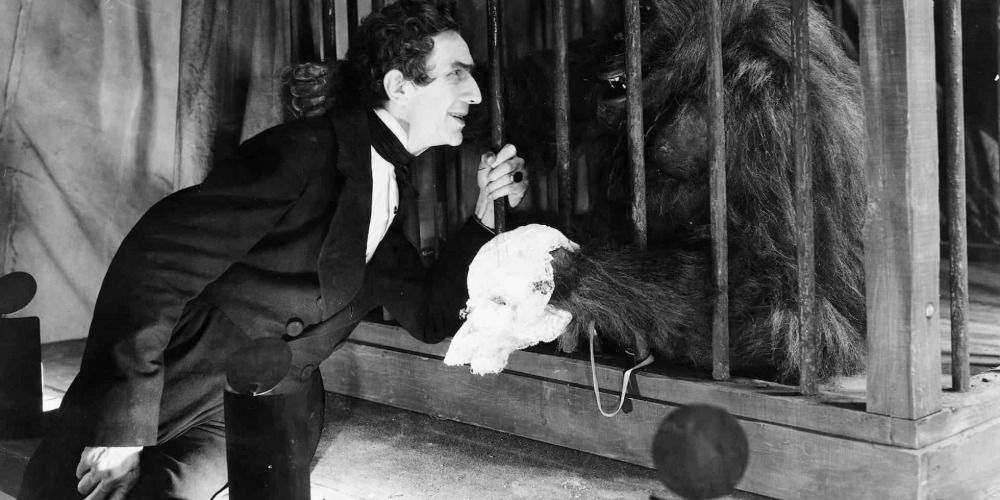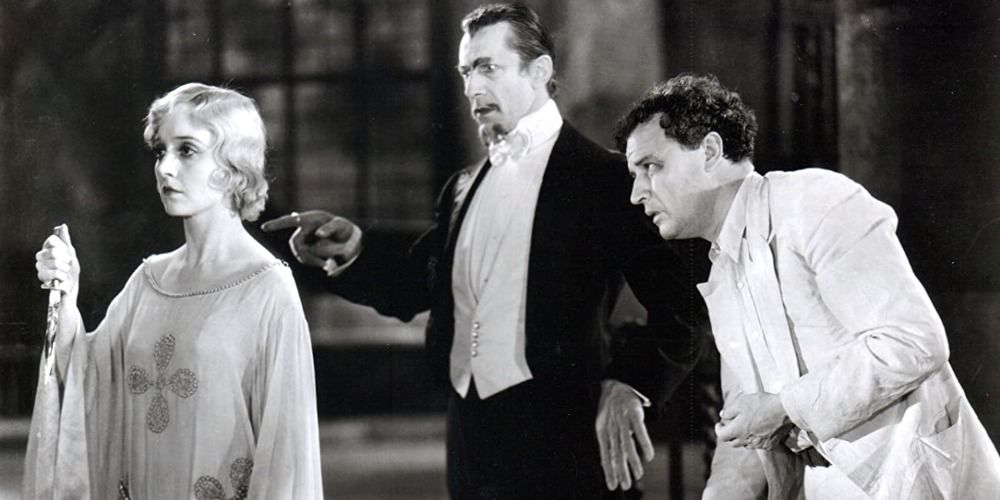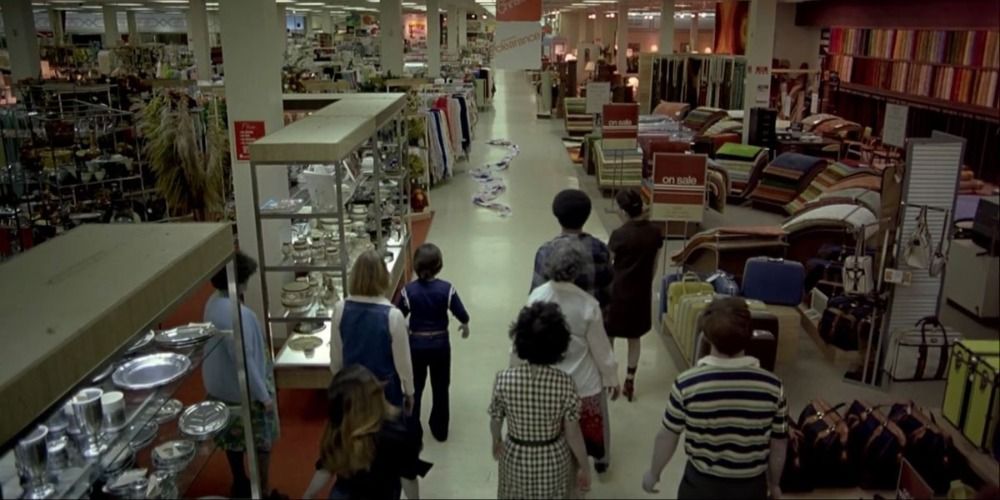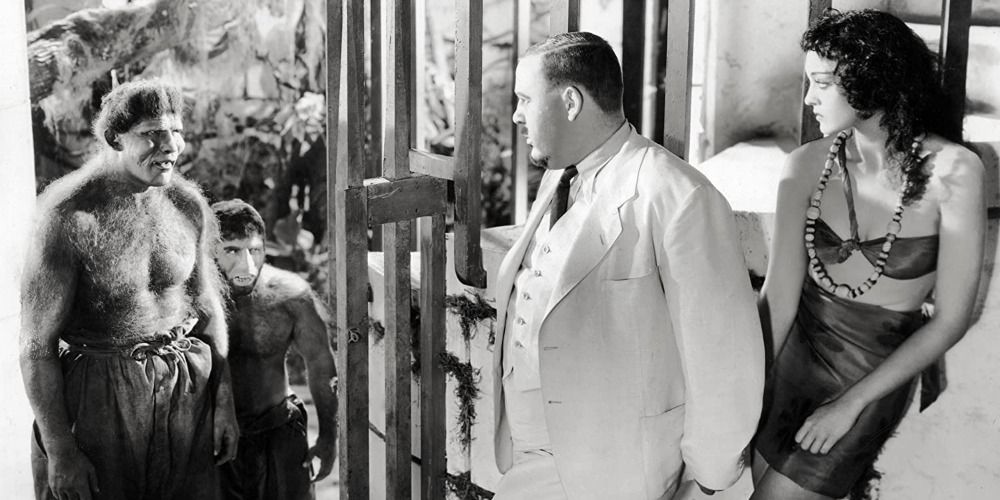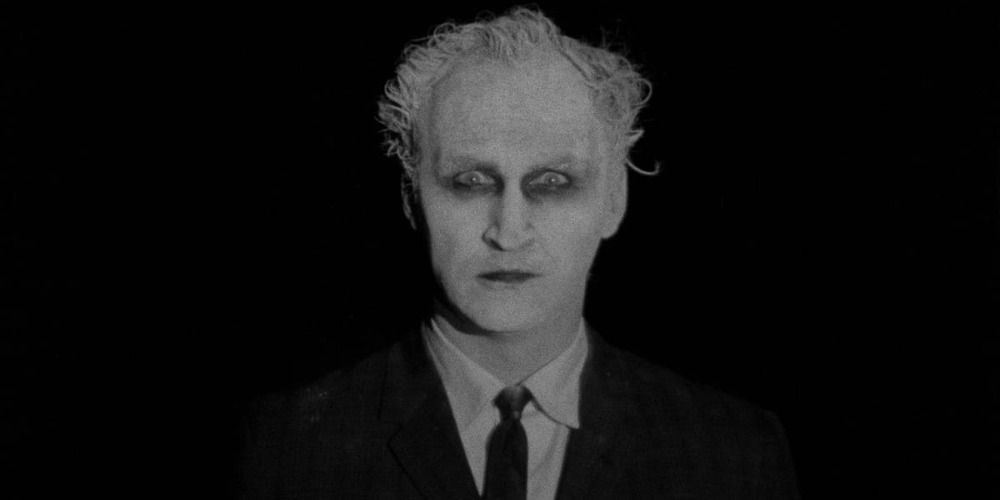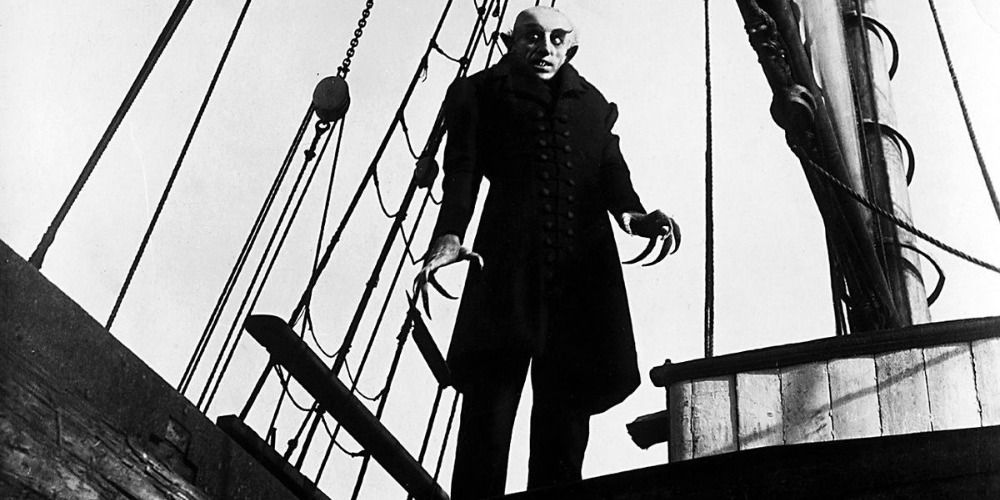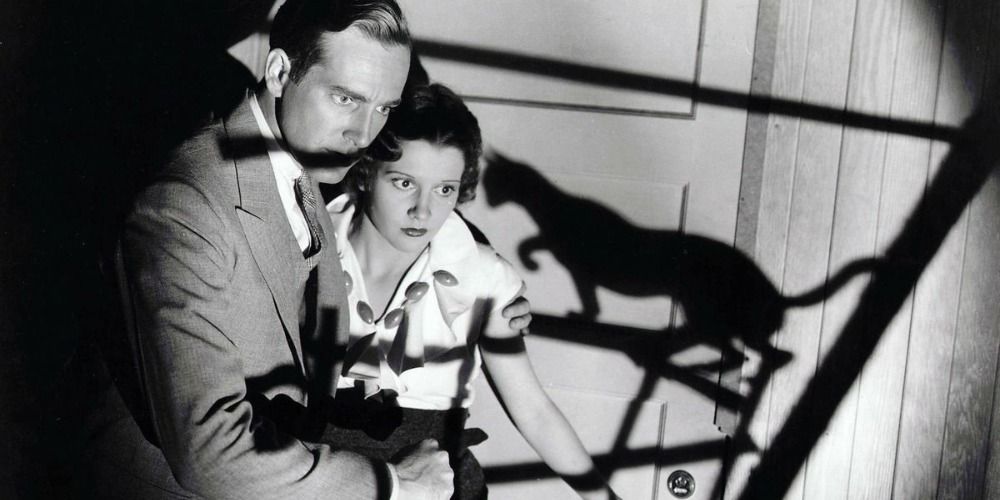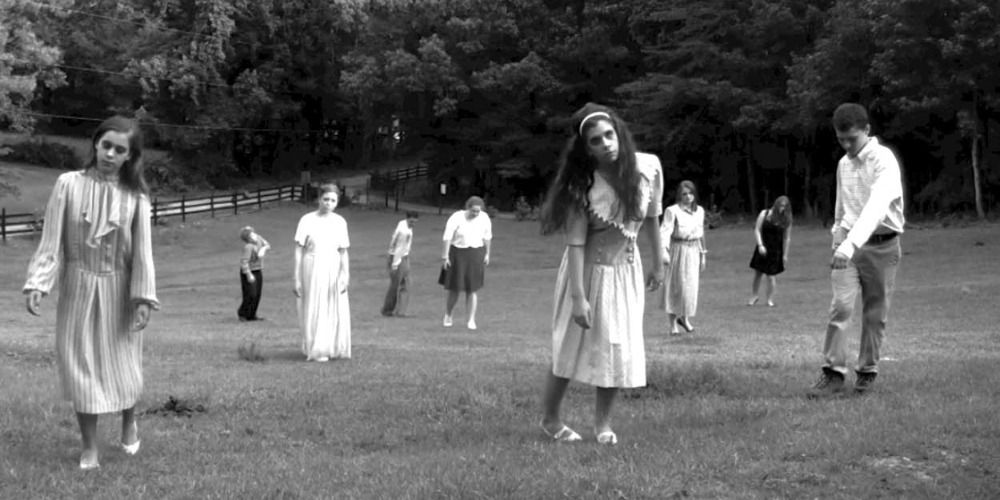It goes without saying that musician turned horror filmmaker Rob Zombie has left an indelible mark on the genre. Known for his excessively violent and theatrical movies, Zombie's filmography includes 10 scary features and, of course, numerous fright-filled music videos. From The Devil's Rejects to House of 1,000 Corpses to his remake of Halloween, Zombie doesn't hold back from depicting gore and elongating the dreadful, torturous ordeals his characters endure.
While he's a genre nerd through and through, many of Zombie's favorite horror flicks are old, creepy classics. Zombie shared some of his go-tos with Rotten Tomatoes a few years back, and his selections prove he knows a thing or two about the history of scary cinema.
Dracula (1931)
"Why, Count Dracula!" Universal's now-iconic adaptation of Bram Stoker's 1897 novel sees Bela Lugosi playing up his titular character's sex appeal and powers of persuasion. Tod Browning's cinematic exploration, like its source material, follows Count Dracula from his gothic castle in Transylvania to the streets of Victorian London, where he seduces young women.
Hungarian by birth, Lugosi plays up Dracula's Eastern European qualities, from his accent to his posturing. The success of Dracula inspired producers at Universal to launch their Universal Monsters series — the first crossover universe in Hollywood history.
The Texas Chain Saw Massacre (1974)
Tobe Hooper's The Texas Chain Saw Massacre is a low-budget masterpiece that established many of the styles and tropes used in subsequent horror movies. This tale about a group of road-tripping co-eds who stumble upon the home of murderous cannibals in rural Texas relies more on implied gore than straightforward depictions of violence.
Filmed like a documentary, the movie opens with an infamous disclaimer that it's based on a true story. While that's far from the truth, The Texas Chain Saw Massacre made household names out of the sadistic Leatherface and his homicidal kin.
Murders In The Rogue Morgue (1934)
Another Bela Lugosi film, Murders in the Rue Morgue gets away with portraying a lot of salacious imagery and situations. Lugosi plays a mad scientist in 19th century Paris who preys upon young sex workers in order to use their bodies for his bizarre experiments.
It turns out Lugosi's character Dr. Mirakle wants to create an ape-human hybrid, and he will take out every young woman in Paris in order to make his experiment a success. Pulpy and histrionic, Murders in the Rue Morgue is full of atmosphere and hysterical characters.
White Zombie (1932)
Yet another Lugosi film, Zombie is clearly indebted to White Zombie, a film he loves so much he decided to appropriate the film's title for his rock band. Considered the first full-length zombie movie, White Zombie stars Lugosi as a Haitian landowner who employs voodoo to turn a beautiful white woman into the walking dead.
While considered an influential horror movie, White Zombie's problematic depiction of Haitian culture complicates the film's legacy. The movie misrepresents Haitian spiritual practices while also casting a white man (Lugosi) as a Black practitioner out to cause harm.
Dawn Of The Dead (1978)
Dawn of the Dead is a much more socially aware and provocative zombie film than White Zombie. The second in George Romero's Night of the Living Dead series, the film's events transpire at a large suburban mall outside Philadelphia.
As the zombie invasion rages on, a group of human survivors takes refuge in the mall, indulging in its now useless material offerings as the undead move in on them. Romero wrote the movie with Dario Argento, an Italian director known for the horror classic, Suspiria.
Island Of Lost Souls (1933)
Based on H.G. Wells' novel The Island of Dr. Moreau, Island of Lost Souls is a classic creature feature replete with deformed beasts, a mad scientist, and a misguided wannabe hero. British actor Charles Laughton plays Dr. Moreau, the mad scientist who plays around with evolutionary processes by creating a race of mutated humanoid beings on his remote island in the South Seas.
When a shipwrecked traveler named Edward Parker, played by the handsome Richard Arlen, makes a pit stop on the island, its tortured inhabitants use the opportunity to rise up against their maniacal maker. Bela Lugosi also stars in the film, which maintains a cult status.
Carnival Of Souls (1962)
Another low-budget horror feat, Carnival of Souls is the only film directed by Herk Harvey. A week after being involved in a terrible car accident, an organist movies to Utah in order to work for a church and start over.
The young woman, Mary Henry, is plagued by visions of ghouls and ghosts while mysteriously drawn to the deserted carnival on the outskirts of town. With its haunting scenery and realistic depiction of a character reeling from a traumatic experience, Carnival of Souls weaves together a compelling story.
Nosferatu (1922)
A silent-era work of German expressionism, Nosferatu is loosely based on Dracula, but it veers strongly from its source material as a way to avoid copyright issues. Instead of Dracula, the vampire at the center of the film's action is Count Orlok, who lures a German real estate agent to his home in order to seduce the man's wife.
While director F. W. Murnau's Orlok lacks the good looks and charm of later on-screen vampires, the character brings a tragic sense of impending doom with him wherever he goes. Imagistic and gothic, Nosferatu lacks any of the gimmicks seen in later adaptations of Stoker's novel.
The Black Cat (1934)
Yet another Lugosi film, The Black Cat sees Lugosi sharing the screen with another famous horror actor of the time, Boris Karloff. Much more psychological than supernatural, Lugosi and Karloff play two estranged friends who drag a stranded couple into their complicated, toxic psychodrama.
Released by Universal, The Black Cat proved to be a box office success. While credit is given to Edgar Allan Poe's 1843 short story of the same name, the film bears little resemblance to Poe's work.
Night Of The Living Dead (1968)
George Romero gave zombie movies a major facelift with this challenging and gruesome low-budget feature. Night of the Living Dead remains Romero's most respected work of horror, and for good reason.
Shot in 16mm black-and-white, the movie follows a group of disparate people who band together in rural Pennsylvania after bodies literally start rising from the dead. After Dawn of the Dead, Romero directed four additional follow-ups before he died in 2017.

